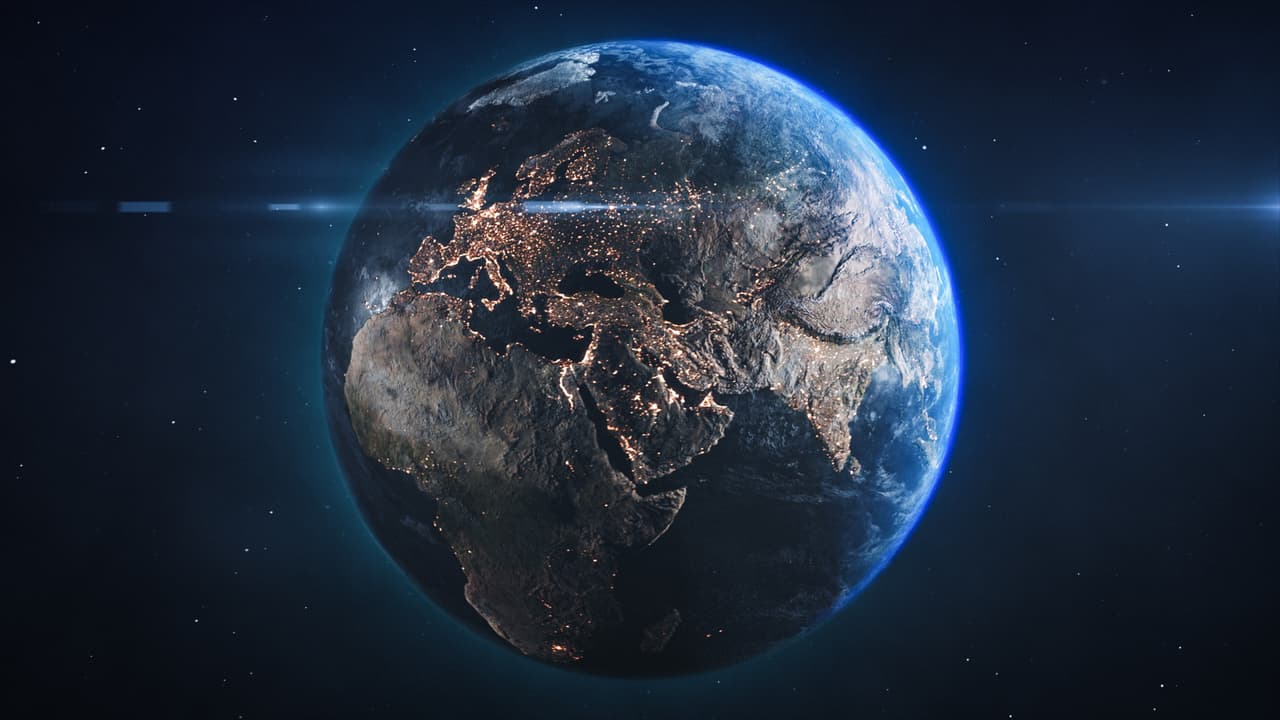MIT researchers have found chemical traces of Earth’s earliest form, the “proto Earth,” preserved deep in the mantle. Potassium isotopes reveal ancient building blocks, offering a glimpse into our planet’s formation and early solar system.
Scientists from MIT and international collaborators have uncovered rare chemical signatures from Earth’s first incarnation, sometimes called “proto Earth.” These traces, preserved in ancient mantle rocks, predate the massive collision that shaped our modern planet.
The discovery, published in Nature Geosciences, gives researchers a unique peek at the materials that formed Earth nearly 4.5 billion years ago.
“We see a piece of the very ancient Earth, even before the giant impact,” says Nicole Nie, assistant professor of Earth and Planetary Sciences at MIT. “This is amazing because we would expect these early signatures to have been erased over billions of years.”
How the Proto Earth Survived Cataclysm
During its early life, Earth was molten and constantly bombarded by meteorites. Roughly 100 million years later, a Mars-sized body collided with the young Earth, melting and mixing its interior. Scientists long believed that such an event would have erased all chemical traces of the proto Earth.
But the MIT team discovered a subtle anomaly in potassium isotopes in rocks from Greenland, Canada, and Hawaii. These isotopes — atoms of potassium with slightly different masses — showed a deficit in potassium-40, unlike almost all other Earth materials.
This tiny discrepancy acts like a fingerprint of proto Earth material, surviving the planet’s violent formation and offering clues to its original composition.
Meteorites and Mantle Rocks Tell the Story
To understand these findings, the team compared the isotopic composition of the rocks with meteorites from across the solar system. While meteorites exhibit some potassium anomalies, none matched the proto Earth signature exactly.
“Our study shows that the current meteorite inventory is incomplete,” Nie explains. “There’s still much to learn about the materials that built our planet.”
Simulations confirmed that these rare mantle samples could indeed be remnants of proto Earth, preserved despite the giant impact and billions of years of geological processes.
Why This Discovery Matters
Finding proto Earth material allows scientists to reconstruct the earliest ingredients of our planet, providing insight into:
- Earth’s original chemical makeup before massive collisions
- The formation of the solar system and neighboring planets
- How the building blocks of our planet survived extreme events
“This may be the first direct evidence of preserved proto Earth materials,” Nie says. “It’s a remarkable window into Earth’s earliest history.”
Future research will continue to analyze deep mantle rocks and explore whether other ancient isotopic signatures remain hidden. These findings could help refine models of planetary formation and reveal more about the original materials that shaped not only Earth but the entire solar system.
